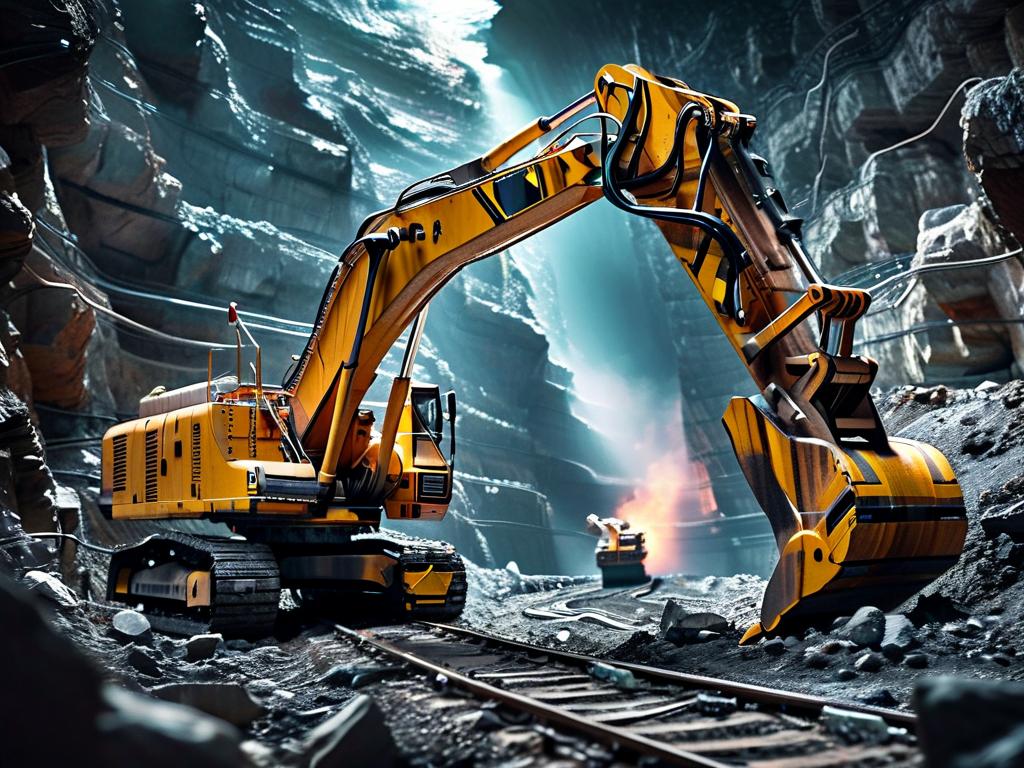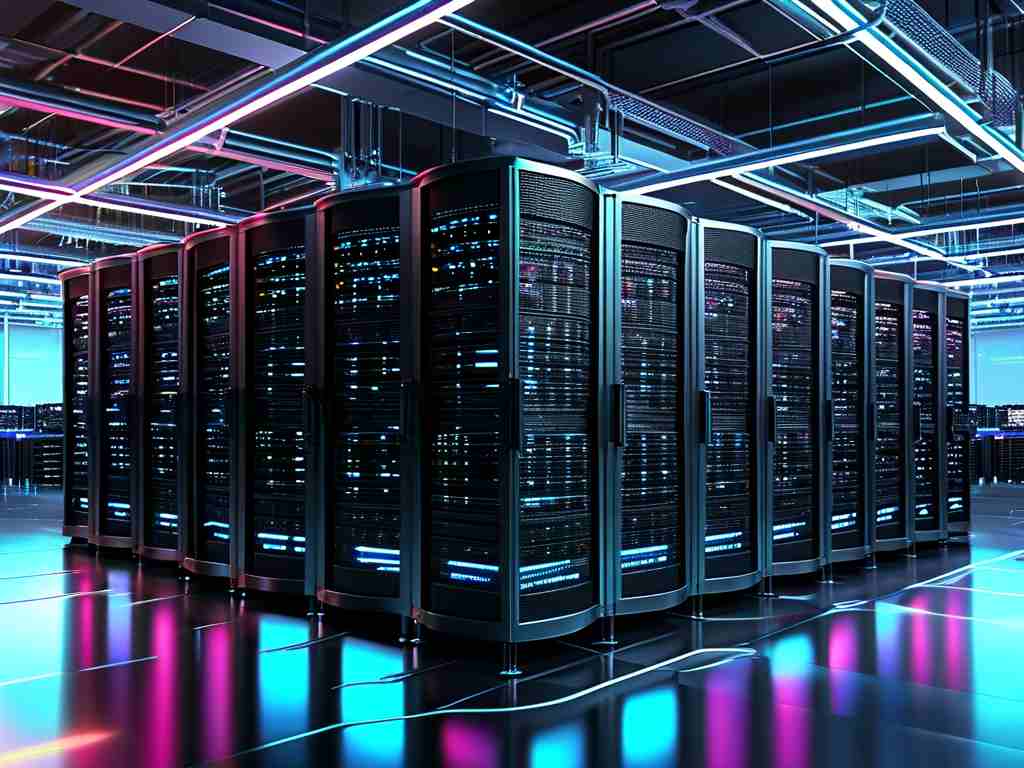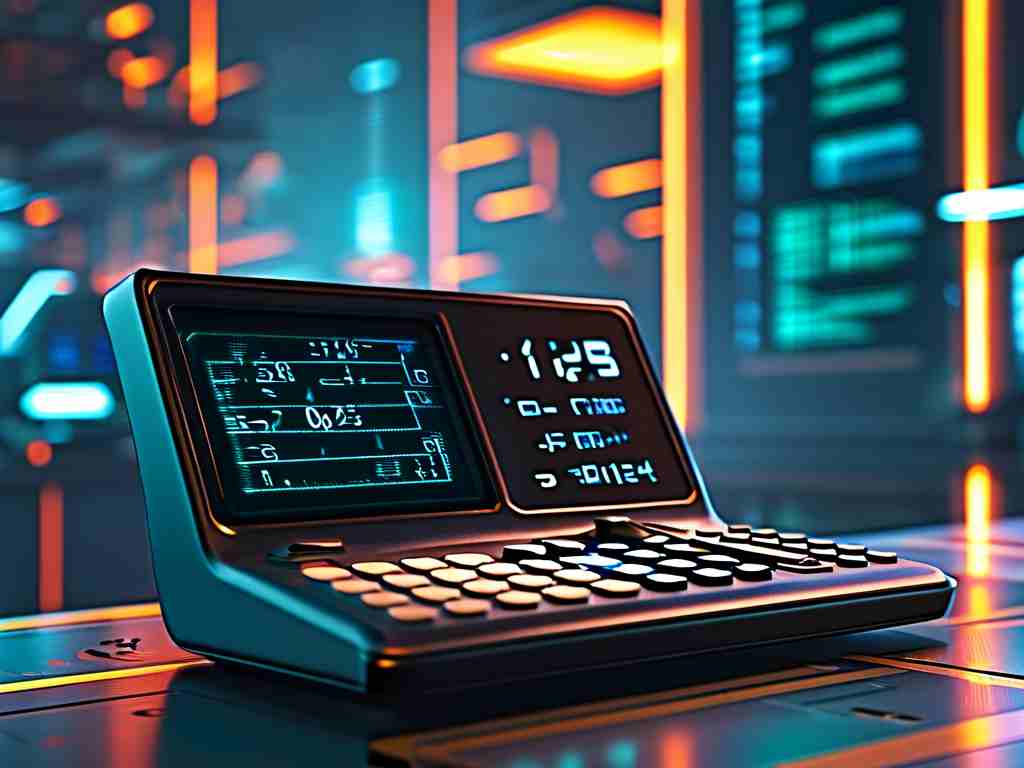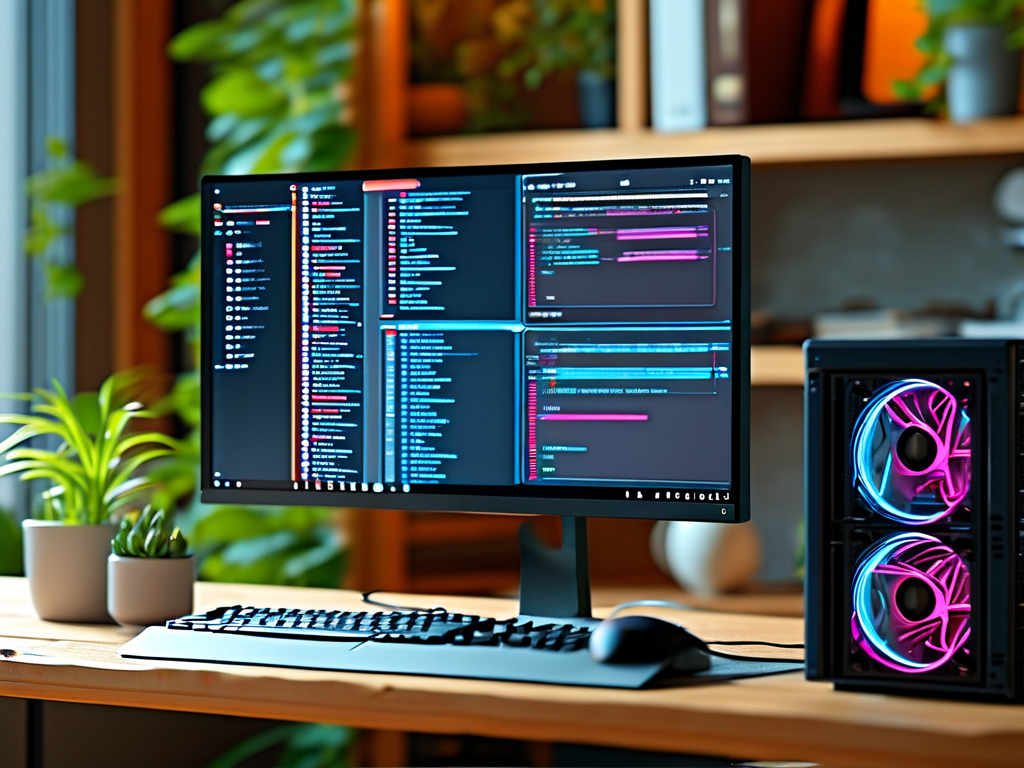Modern computer users often wonder how background system processes interact with hardware resources. A recurring question involves whether desktop management systems – software controlling wallpapers, icon arrangements, and window animations – consume dedicated graphics card memory (VRAM). This article examines the technical relationship between these systems and GPU resources while offering optimization strategies.
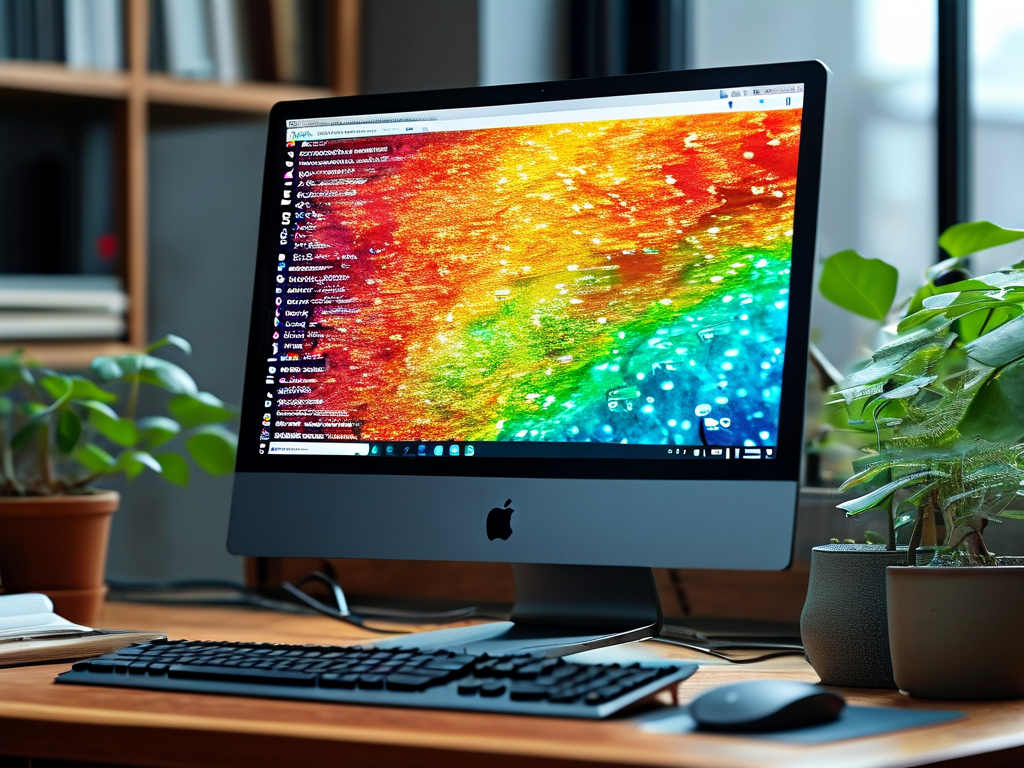
Understanding Desktop Management Systems
Desktop management systems (e.g., Windows Explorer, macOS Dock, or third-party tools like Rainmeter) handle visual elements and user interface interactions. These systems rely on graphical rendering for tasks such as:
- Displaying translucent window effects
- Animating menu transitions
- Managing multi-monitor configurations
- Rendering live wallpapers
While these features enhance user experience, they require graphical processing. The critical distinction lies in whether this processing utilizes the GPU's dedicated memory or relies on shared system RAM.
GPU Memory Allocation Mechanisms
Modern operating systems employ hybrid rendering approaches:
- 2D vs.3D Workloads: Basic interface elements (icons, text) typically use CPU-assisted 2D rendering, while advanced effects (Aero Glass, parallax scrolling) leverage GPU acceleration.
- Hardware Acceleration: Systems like Windows' Desktop Window Manager (DWM) offload compositing tasks to the GPU. This process consumes VRAM for frame buffering but usually stays below 100MB on modern GPUs.
- Resolution Dependency: Higher display resolutions (4K/8K) increase VRAM usage for screen composition, particularly with multi-monitor setups.
Quantifiable Impact on GPUs
Testing reveals varying VRAM consumption patterns:
- Windows 10/11 DWM: 50-150MB VRAM usage at 1440p resolution
- macOS Quartz Compositor: 40-120MB VRAM across Retina displays
- Third-party skins (Rainmeter/WinStep): Additional 20-80MB depending on widget complexity
These figures remain negligible compared to modern GPUs' capacities (typically 6GB+). However, integrated graphics solutions sharing system RAM may experience more noticeable impacts – a 300MB allocation could reduce available memory for gaming or creative applications by 5-10%.
Optimization Strategies
-
Disable Superfluous Effects:
# Windows: Adjust performance settings SystemPropertiesPerformance.exe
Uncheck "Animate windows when minimizing/maximizing" to reduce GPU load.
-
Monitor GPU Allocation:
Tools like GPU-Z or HWInfo provide real-time VRAM usage data. Compare baseline measurements before/after launching desktop customization tools. -
Driver Configuration:
NVIDIA Control Panel and AMD Radeon Software allow priority adjustments for desktop vs. application GPU resource allocation.
Edge Cases and Troubleshooting
Unexpected VRAM consumption spikes often stem from:
- Memory leaks in outdated desktop utilities
- Conflicting full-screen applications retaining VRAM allocation
- Corrupted display driver installations
A case study involving ASUS GPU Tweak II showed that improper widget positioning caused 200MB VRAM retention even after closing the application. Updating to version 3.05.12 resolved the allocation release issue.
Desktop management systems do utilize GPU memory, particularly when employing advanced visual effects. However, their impact remains minimal on discrete graphics cards, generally consuming less than 5% of total VRAM capacity. Users running integrated graphics or performing VRAM-intensive tasks (e.g., 3D rendering, 4K gaming) should prioritize optimizing desktop effects while monitoring resource allocation through system utilities.
Developers can further enhance efficiency through DirectX 12 Ultimate's improved memory management APIs, which enable better allocation prioritization between system processes and foreground applications.




